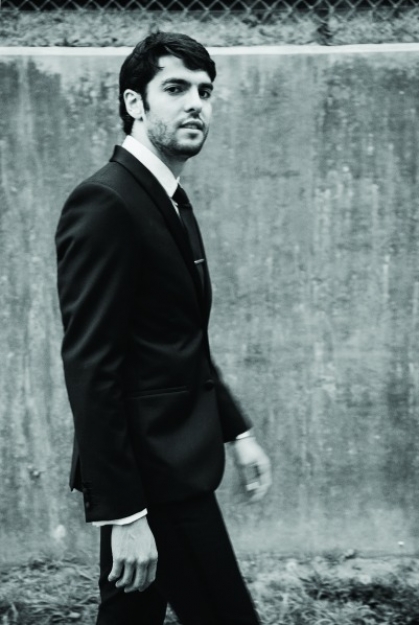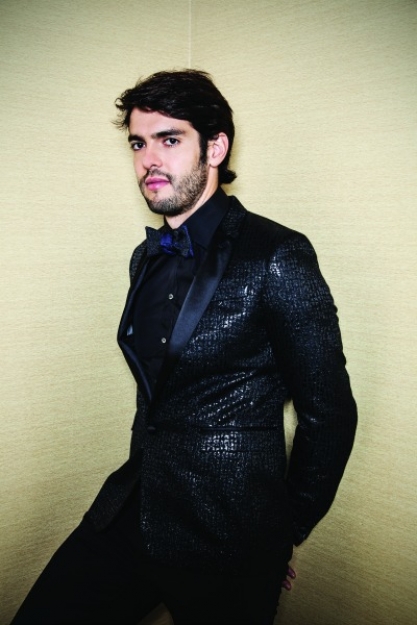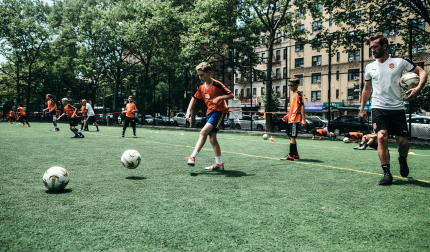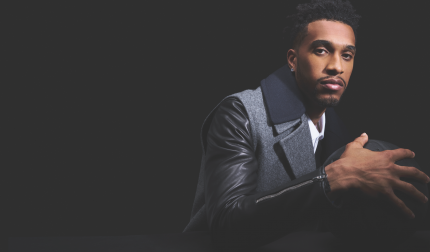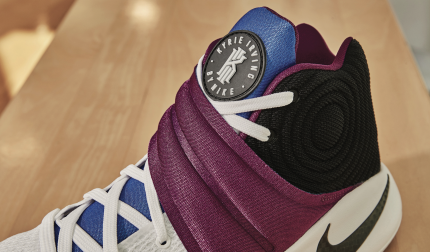When Ricardo Izecson dos Santos Leite first set foot in Orlando, Florida, the Brazilian soccer megastar, known simply as Kaká to billions of fans outside of the United States, wasn’t sure what to expect.
Sure, outside the continental US, Kaká is one of the most recognizable athletes in the world. He was one of the stars of the Brazilian soccer team, where he won a World Cup in 2002. He has won league titles with São Paolo, Milan and Real Madrid, three franchises across two continents with prolific histories. He won a Champions League trophy with Milan. And he is the last player not named Messi or Ronaldo to win the Ballon D’Or, the award that goes to the world’s greatest soccer player.
But here in the United States, many of the world’s greatest players can often walk freely down the street without being recognized. “I enjoy the anonymity,” Thierry Henry told AQ when he first moved to New York City to play for the New York Red Bulls. “You are able to go out with a friend and do what you want without people looking at you.”
Previously, Kaká’s experience with Orlando consisted of quiet trips to the Magic Kingdom. When he arrived in Orlando, he expected perhaps some small recognition in the airport. A wave here, a cell phone photo there. Usually it would be from other people who also had come to America from other places to follow their own dreams. Instead, he received a greeting at the Orlando airport usually reserved for pop stars and astronauts. Nearly 12,000 fans, many dressed in Orlando City purple, greeted him with shrieks and screams. “It was amazing,” Kaká says. Though he has played in front of crowds of over 100,000 people, the 12,000 fans in Orlando were equally significant. “I didn’t expect that at all. I couldn’t believe it.”
The prospect of helping to grow soccer in the United States has always appealed to Kaká. His brother, Rodrigo had previously played for the New York Red Bulls. Rodrigo would share stories of how the sport was developing rapidly in America. Kaká also spoke to David Beckham about what life was like in the United States and playing in MLS.
Then, fellow Brazilian and businessman Flavio Augusto da Silva became part of the ownership group that launched the Orlando City franchise. As a player who always could see the entire field and the opportunities in front of him, this chance seemed to good to pass up. “When Flavio told me that he was going to buy a franchise in the league, it just felt like the timing was perfect,” Kaká says.
Only a few decades before, Kaká’s fellow countryman Pelé first came to America with similar intentions to conquer America. Signing with the New York Cosmos of the North American Soccer League, Pele brought the international soccer spotlight to the United States. Soon, other greats such as Franz Beckenbauer, and Carlos Alberto also came in the winter of their careers. The Cosmos would begin selling out football stadiums of over 70,000 fans. But overzealous expansion combined with poor television ratings helped to squash the league before it got started. It became conventional wisdom that soccer would never be an American sport.
After a dark period, the landscape in US soccer began to change in the 1990s with the birth of Major League Soccer. The league learned from the hard lessons of the NASL. They resisted the temptation for explosive expansion. The league limited the number of designated players that could sign without any salary cap restrictions to prevent powerhouse franchises from leaving smaller markets behind.
What makes Kaká’s signing with Orlando so significant is his age. At 32, he is still a playmaking force in the midfield. “I’m not an old player (laughs),” Kaká says. “I’m still young. I feel good, and I can still play at a very high level. This is the time for me to play in the United States. Not when I am old.”
Even the most devout MLS fan would tell you that an expansion Orlando City team is not Real Madrid. But history starts with the first chapter, the first page. And after playing for such storied teams throughout his career, Kaká knows that he has much work ahead of him. “It will be a big challenge for me,” he says. “The teams that I’ve played for before—São Paolo, Milan and Real Madrid— these teams are big clubs around the world with great histories. Now I’m playing for Orlando, a team that is just being born in the MLS. There is no history yet, but we will make it together. It will be a great experience to help this team grow.”
But a player of Kaká’s stature means more than just the growth of one team. It can help accelerate the growth of a sport that is already bursting at the seams at the youth level and launch a generation of new players. For the children who haven’t had the chance to watch other leagues around the world, seeing Kaká while still in his prime would be the equivalent of seeing Magic Johnson play basketball for the first time—a supremely talented and energetic player who can turn a seemingly ordinary game into the memory of a lifetime with one dazzling no-look pass that results in a highlight reel goal.
Having played in the hottest crucibles of the world game, perhaps MLS has found the right man for the task—a player who can carry the expectations of a rapidly growing and passionate fan base to be respected on the world level. Kaká, more than anyone, knows what it’s like to carry the expectations of millions on his back. “I know I have the responsibility to be an ambassador to help the development of the league,” he says. “The league is big already, but in the next few years, it will grow even more. Within the next five to ten years, it will be one of the biggest leagues in the world.”
Off the field, MLS also has an athlete with a huge platform who likes to use his public persona for positive change. With over 20 million Twitter followers, Kaká’s social media following is among the highest of any athlete in the world. His work as an ambassador for the World Hunger Project has taken him around the world and made him one of Time’s 100 Most Influential People. “I want to be remembered for being a good player,” he says. “But I also want to be remembered as someone who has helped bring the best values of soccer to other people.”
And as Kaká begins the first chapter in Orlando City’s history, he’s still unsure of what his last chapter will be. “It’s hard for a soccer player to think of anything else other than soccer,” he says. “I have been doing this my whole life, since I was 8 years old. What will I do when I can’t play anymore? I’m not going to be a coach. But I know that I always want to stay close to the game wherever that may be.”






